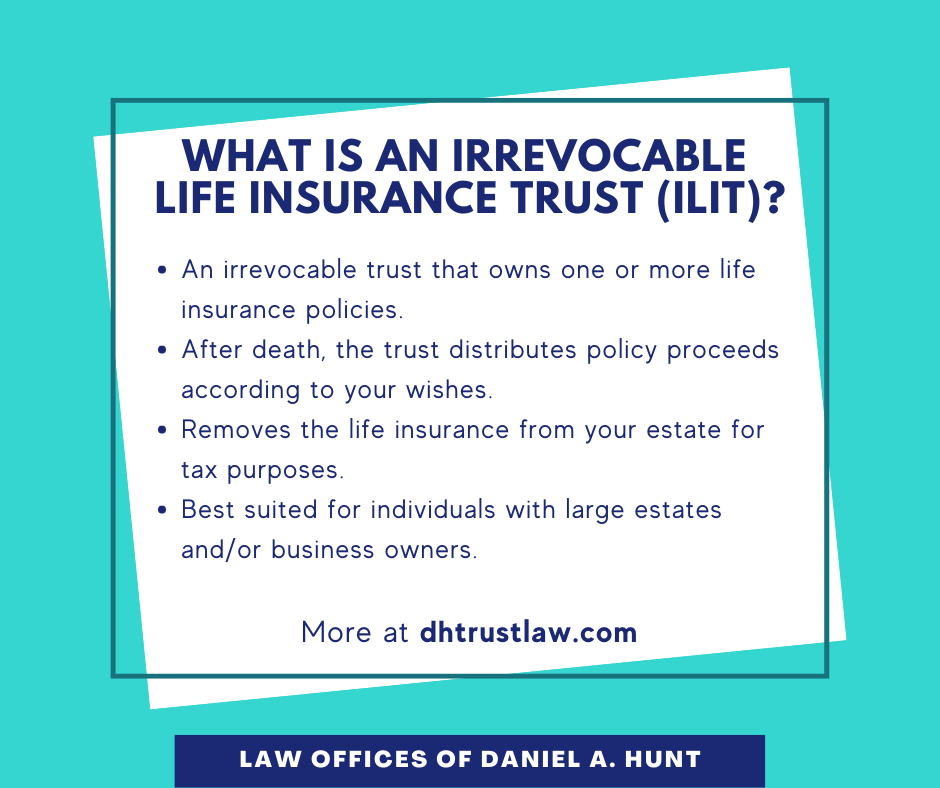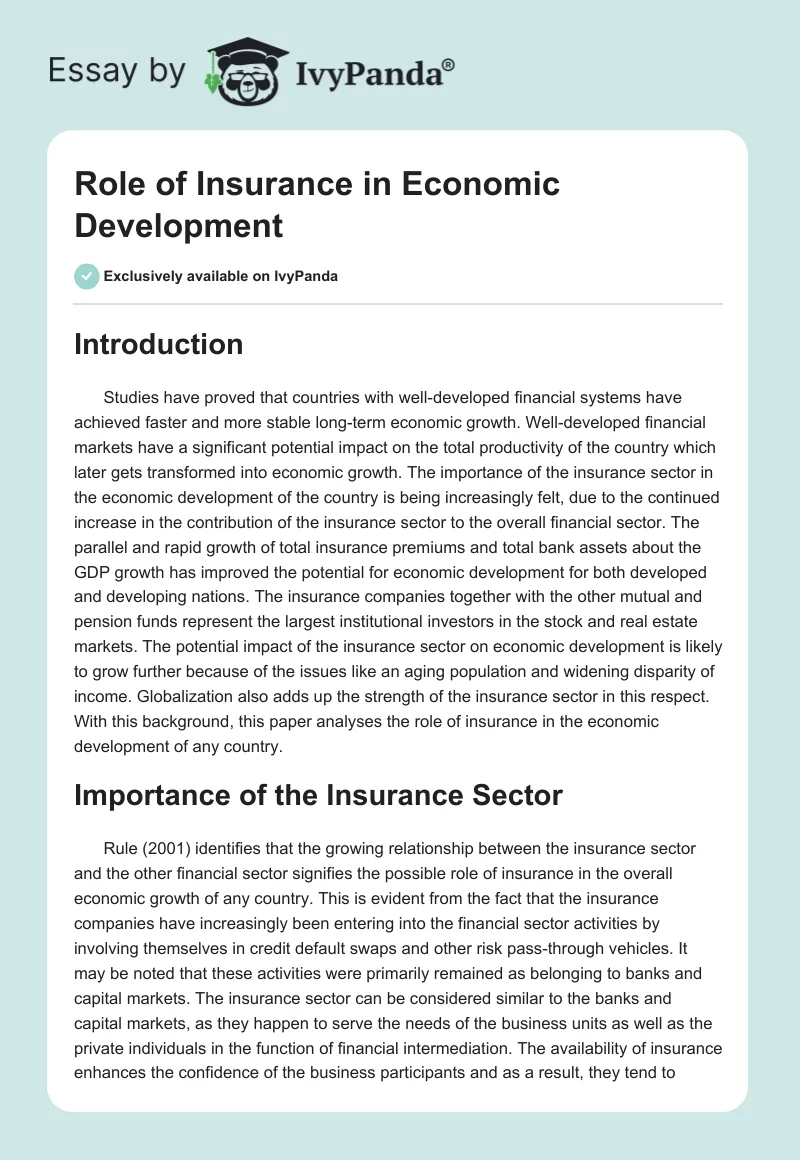An Unbiased View of Pacific Prime
An Unbiased View of Pacific Prime
Blog Article
Not known Details About Pacific Prime
Table of ContentsPacific Prime Things To Know Before You Get ThisUnknown Facts About Pacific PrimeThe Definitive Guide for Pacific PrimeThe Only Guide for Pacific PrimeSome Known Details About Pacific Prime

This is since the information were gathered for a period of strong economic efficiency. Of the approximated 42 million people that were without insurance, all but regarding 420,000 (concerning 1 percent) were under 65 years old, the age at which most Americans end up being qualified for Medicare; 32 million were grownups between ages 18 and 65, around 19 percent of all adults in this age; and 10 million were youngsters under 18 years old, regarding 13.9 percent of all kids (Mills, 2000).
These estimates of the number of persons without insurance are created from the annual March Supplement to the Current Population Study (CPS), carried out by the Demographics Bureau. Unless or else kept in mind, national price quotes of people without medical insurance and percentages of the population with different kinds of protection are based on the CPS, one of the most widely used source of quotes of insurance policy protection and uninsurance prices.
Pacific Prime for Dummies

Still, the CPS is particularly beneficial since it creates annual estimates reasonably rapidly, reporting the previous year's insurance protection approximates each September, and because it is the basis for a regular set of quotes for more than 20 years, permitting for evaluation of fads in coverage over time. For these factors, in addition to the comprehensive use of the CPS in other studies of insurance policy coverage that are provided in this report, we count on CPS quotes, with limitations noted.

The estimate of the variety of uninsured people increases when a population's insurance coverage standing is tracked for a number of years. Over a three-year duration beginning early in 1993, 72 million individuals, 29 percent of the U.S. https://pacificpr1me.wixsite.com/my-site-1/post/pacific-prime-your-trusted-partner-in-international-health-insurance. populace, lacked protection for at the very least one month. Within a single year (1994 ), 53 million individuals experienced at the very least a month without protection (Bennefield, 1998a)
6 out of every 10 uninsured grownups are themselves utilized. Functioning does enhance the probability that one and one's family participants will have insurance policy, it is not an assurance. Even participants additional reading of families with 2 full-time breadwinner have virtually a one-in-ten possibility of being without insurance (9.1 percent uninsured price) (Hoffman and Pohl, 2000).
5 Easy Facts About Pacific Prime Described
New immigrants make up a significant percentage of people without medical insurance. One analysis has actually connected a significant part of the recent growth in the dimension of the united state without insurance population to immigrants who got here in the nation in between 1994 and 1998 (Camarota and Edwards, 2000). Current immigrants (those that concerned the United States within the previous 4 years) do have a high price of being without insurance (46 percent), however they and their youngsters represent simply 6 percent of those without insurance nationally (Holahan et al., 2001).
The partnership between medical insurance and accessibility to care is well established, as recorded later on in this phase. The connection in between wellness insurance coverage and health outcomes is neither straight neither easy, a comprehensive professional and wellness solutions research literary works links health insurance protection to better access to care, better quality, and improved individual and populace wellness standing.
Degrees of evaluation for checking out the effects of uninsurance. It concentrates particularly on those without any health and wellness insurance policy for any length of time.
The Buzz on Pacific Prime
The issues dealt with by the underinsured are in some aspects comparable to those faced by the without insurance, although they are usually less serious. Health insurance, however, is neither required neither adequate to gain accessibility to clinical services. The independent and direct result of health and wellness insurance policy protection on accessibility to health and wellness solutions is well established.
Others will obtain the health and wellness treatment they need even without medical insurance, by paying for it out of pocket or seeking it from companies who provide care complimentary or at very subsidized prices. For still others, medical insurance alone does not make sure invoice of treatment since of other nonfinancial obstacles, such as a lack of health care companies in their neighborhood, restricted accessibility to transportation, illiteracy, or linguistic and social differences.
The Greatest Guide To Pacific Prime
Official study concerning uninsured populations in the USA dates to the late 1920s and very early 1930s when the Board on the Price of Treatment produced a collection of reports regarding financing medical professional office brows through and hospital stays. This problem came to be significant as the varieties of medically indigent climbed during the Great Clinical depression.
Report this page